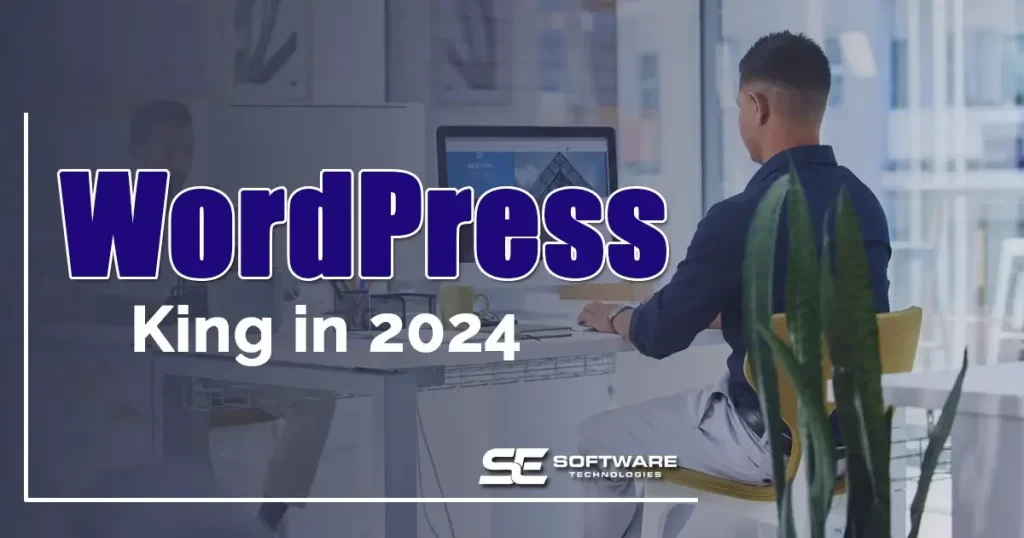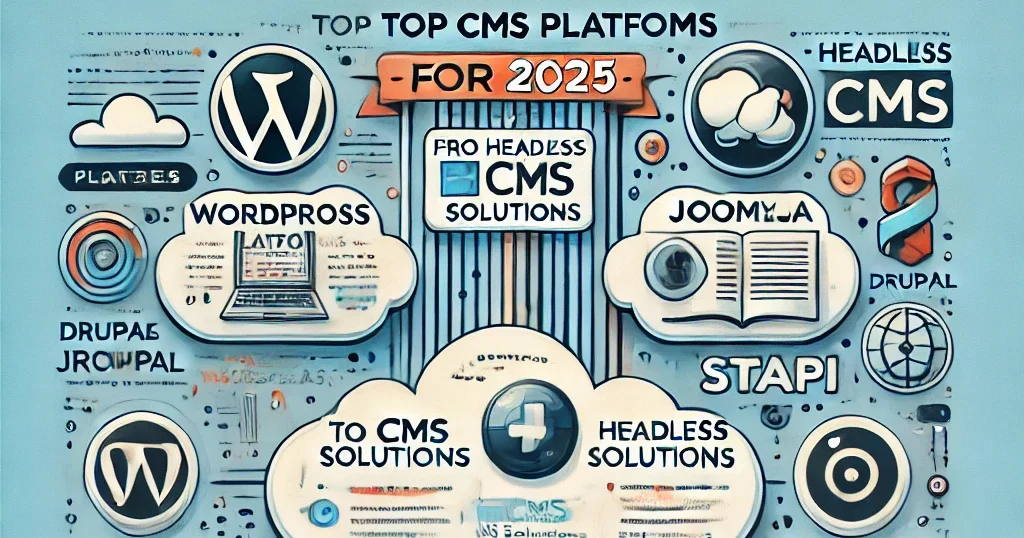Identifying 5 Indicators That Suggest Your Website Requires a Revamp in 2024
Introduction:
The digital landscape is ever-evolving, and maintaining an effective online presence is crucial for businesses of all sizes. One significant aspect of this presence is your website, serving as the virtual storefront and introduction to your brand for potential customers. However, deciding to redesign your website is not a decision to be taken lightly. We Identifying 5 Indicators That Suggest Your Website Requires a Revamp in 2024
It’s Not Responsive/Mobile-Friendly:
In the age of smartphones and tablets, the importance of a mobile-friendly website cannot be overstated. If your website is not responsive, meaning it doesn’t adapt to various screen sizes, you might be losing a significant portion of your audience. According to Statista, over 58% of global internet traffic in 2022 came from mobile devices. If your website does not provide a seamless and enjoyable experience for users on smartphones or tablets, it’s time to consider a redesign.
The user experience on a mobile device should be just as compelling as on a desktop. Responsive design not only enhances user satisfaction but also positively impacts your search engine rankings. Google, for instance, prioritizes mobile-friendly websites in its search results, making it a crucial factor in your online visibility.
It’s Not Built Using a Content Management System (CMS):
Managing a website used to be a task reserved for web developers. However, with the advent of Content Management Systems (CMS) like WordPress, Shopify, Wix, and Squarespace, even those with minimal technical knowledge can take control of their online presence. If your website is not built on a CMS, you might be missing out on the flexibility and ease of content updates.
CMS platforms empower users to make changes to their websites using user-friendly interfaces, reducing the need for constant developer intervention. This not only saves time but also cuts down on costs associated with hiring a developer for routine updates. If your website is still relying on outdated methods for content management, it’s a clear signal that a redesign is in order to bring your site up to modern standards.
It’s Not Optimized for Search Engines:
In the expansive digital realm, possessing an attractive website alone is insufficient. Your website must also be optimized for search engines to ensure it ranks well in search results. Organic search traffic remains a valuable source of visitors, and neglecting search engine optimization (SEO) can hinder your website’s visibility.
Older websites, particularly those built before 2016, may not have taken into account crucial SEO factors. Your website should not only incorporate relevant keywords and backlinks but also adhere to modern SEO best practices. This includes optimized code, proper URL structures, and meeting Google’s PageSpeed requirements. If your website is lagging behind in these aspects, a redesign focused on SEO optimization is imperative for maintaining and improving your online presence.
It’s Not Aesthetically Pleasing:
First impressions matter, especially in the digital realm where attention spans are limited. If your website’s design is outdated, cluttered, or unappealing, visitors may quickly navigate away. Your website is often the initial point of contact for potential customers, and presenting a visually appealing and professional image is crucial for building trust and credibility.
Consider the aesthetics of your website from the perspective of your target audience. Does it convey the values and essence of your brand effectively? If your website looks like a relic from the past or lacks the visual appeal expected in 2024, it’s time for a redesign. Investing in a modern and visually pleasing design can significantly impact user engagement and, consequently, your business success.
It doesn’t utilize the complete width of the screen.
In the era of widescreen displays, constraining your website to a boxed-in design can limit its effectiveness. Utilizing the full width of the screen provides a more immersive and engaging user experience. While some argue for the uniqueness of boxed-in designs, there is a distinction between intentional design choices and outdated constraints.
Websites designed with responsiveness in mind take advantage of the available screen real estate, catering to the preferences of contemporary users. If your website appears cramped or fails to adapt to the widescreen displays common in today’s devices, it may be time for a redesign. Embracing a design that optimally utilizes screen space ensures your content is presented in the most visually appealing and user-friendly manner.
Conclusion:
In conclusion, the decision to redesign your website is a strategic move to stay relevant in the dynamic online landscape of 2024. By identifying these five indicators – lack of responsiveness, absence of a CMS, poor SEO optimization, unattractive aesthetics, and constrained screen design – you can evaluate the current state of your website and determine whether a revamp is necessary. A well-executed redesign not only addresses these issues but also positions your brand for success in the digital age. Remember, your website is often the first interaction customers have with your business, and ensuring it meets contemporary standards is key to making a positive and lasting impression.





